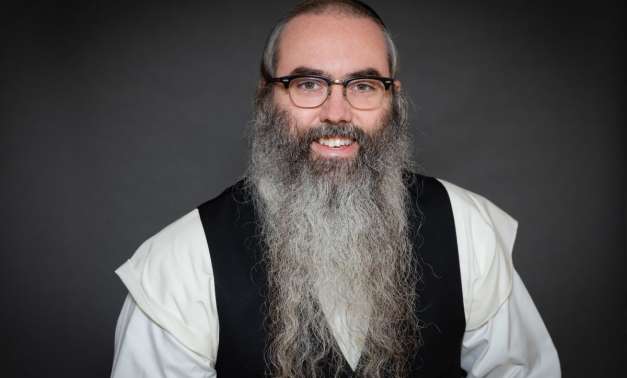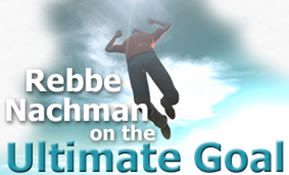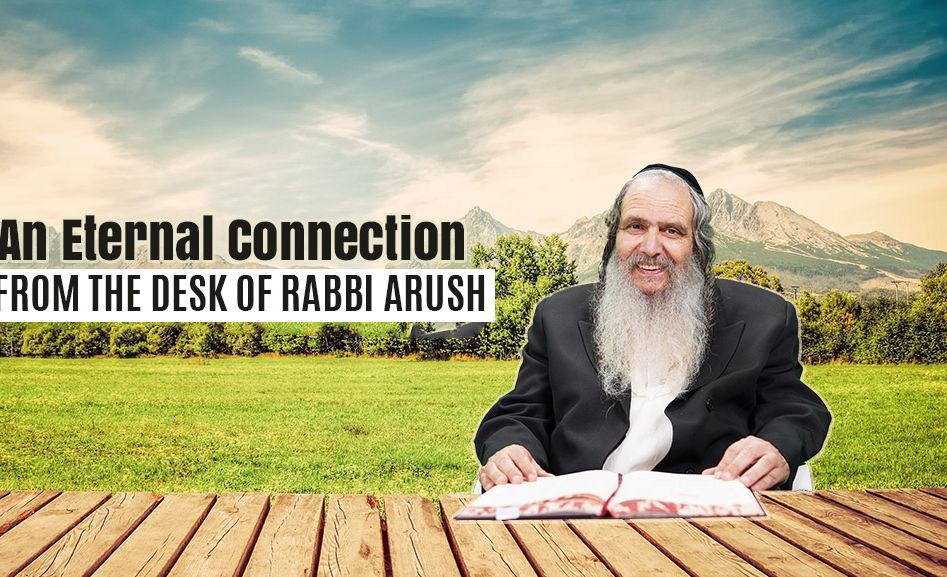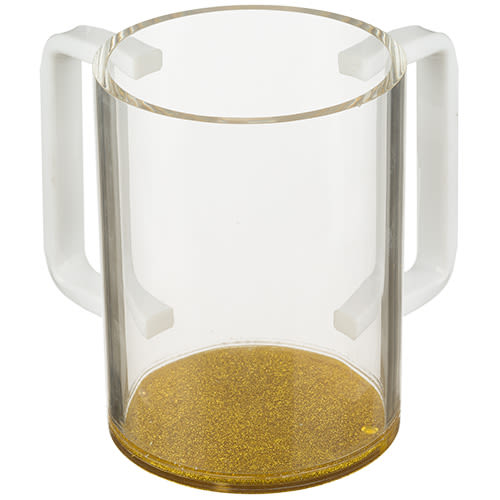
Connected Above
The astonished lads yelled in the direction of the old chassid, "Hey, how did you get up there?" The chassid's answer sums up our entire way of life...

During a bitter Russian winter, a group of teenage boys were trying to walk up the hill from the frozen river where they were ice-skating back to their village. No one made it home, for one by one, they repeatedly slipped and slid back down to the bottom of the hill. No matter how loudly the robust lads cursed the ice, the snow, and their bad fortune, they couldn’t climb that hill home.
Meanwhile, an old Breslever chassid approached a hole in the ice by the riverbank, spread some straw on the ice, undressed, and performed a ritual immersion in the blood-chilling icy waters of the river. He climbed up from the hole, stood on the straw so that his feet wouldn’t stick to the ice, dried himself and then quickly dressed. Without even the help of a walking stick, he slowly but surely climbed the hill back to his quaint thatch-roofed cabin in the village.
The astonished lads yelled in the direction of the old chassid, “Hey, how did you get up there?”
The chassid’s answer sums up our entire way of life: “If you’re connected above, you don’t fall below.”
* * *
Let’s look at the above photo allegorically. Imagine that you and I are the two soldiers hanging on to the two cables connected to the helicopter. Now imagine that each cable is composed of 613 tiny strands, which together make up a super-sturdy, completely dependable cable. The cable represents the Torah and its 613 mitzvot. The helicopter rescuing the two soldiers alludes to Hashem, our life source.
As long as we observe all the 613 commandments, we maintain a strong connection with Hashem. Imagine that for every commandment we fail to keep, one of the strands of the cable becomes frayed. If a few strands out of the 613 become frayed, the cable won’t snap. But, the more those strands that continue to tear, the greater the chances that the cable will snap and the soldier – rather than being rescued – falls to oblivion. We don’t want that to happen; therefore, we do our utmost to hang on to the cable and to stay connected – that’s our only chance of survival.
* * *
I receive quite a few letters asking me, “How can one become a Breslever?” or, “What does it mean to be a Breslever?” The answer is quite simple. Rebbe Nachman tells us to learn Torah, to pray, and to talk to Hashem in personal prayer as much as we possibly can. He commands us particularly to learn Shulchan Oruch (The Code of Jewish Law) every single day of our lives and not to budge one iota from it.
The Mishna in tractate Avot commands each of us – no matter where we are on the spiritual hierarchy – to connect to our own personal rabbi and spiritual guide. Just as one searches for the very best physician or the very best attorney, we should certainly look for the true tzaddik, the pious man of G-d that is capable of helping us attain our soul correction and successfully complete our mission in this world. For a Breslever, this means Rebbe Nachman, of blessed and saintly memory.
At this point, many ask, “How do I connect to a tzaddik that died nearly 200 years ago?” First of all, our sages teach us that a tzaddik never dies; his teachings are an everlasting legacy that is very much alive. Second, we connect to a tzaddik by learning his teachings and by implementing his advice.
Some people fool themselves that they’re connected to Rebbe Nachman, when in essence, they do the opposite of what he teaches. Rebbe Nachman instructed his pupils and disciples to be impeccably neat and well-groomed. He demanded excellence in Talmudic study and familiarity with all sections of Jewish Law. He also shunned arrogant and argumentative people, and wouldn’t allow any of his followers to say anything derogatory about another human being. To be sure we’re properly doing what Rebbe Nachman wants us to do – and that we properly understand his teachings – we need an additional connection to a rabbi and righteous scholar that has been privileged to receive the tradition of Rebbe Nachman’s teachings in an unbroken chain of teacher to pupil that leads back directly to Rebbe Nachman and to Rebbe Nathan.
For me, my contemporary teacher and spiritual guide – a humble scholar and righteous individual of prodigious stature – is Rabbi Shalom Arush, may Hashem bless him. I would hate to think where I would be without him. He taught me how to truly interpret Rebbe Nachman’s teachings and how to practically apply them. He taught me how to talk to Hashem and how to be a proper husband and father. He showed me what genuine emuna is and how to establish a real relationship with Hashem. In short, there’s no sum on earth that can repay what I owe to Rav Shalom Arush.
The one difference between a spiritual debt and a material debt is that a material debt must be returned to the lender in exact amount. We don’t return a spiritual debt to the lender, but instead, we pass on our spiritual assets with others just like our teachers and spiritual guides do and did with us.
Breslev Israel is a site managed and operated by the students of Rav Shalom Arush and directed by Rabbanit Arush, tichya herself. We are eternally grateful for our connection to Rabbi Shalom Arush, and among the front of the ranks of thousands of people who say with all sincerity: “Rabbi Arush changed my life!” To which Rabbi Arush responds: “No, emuna didn’t change your life. With emuna, you started to live.”
Don’t forget – “If you’re connected above, you don’t fall below.”










Tell us what you think!
Thank you for your comment!
It will be published after approval by the Editor.